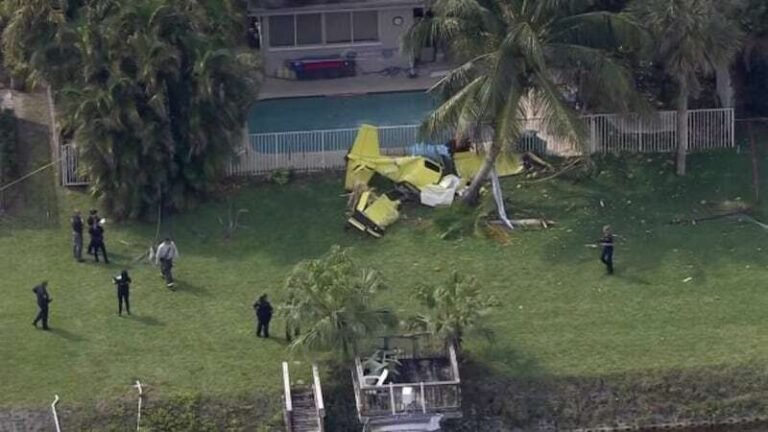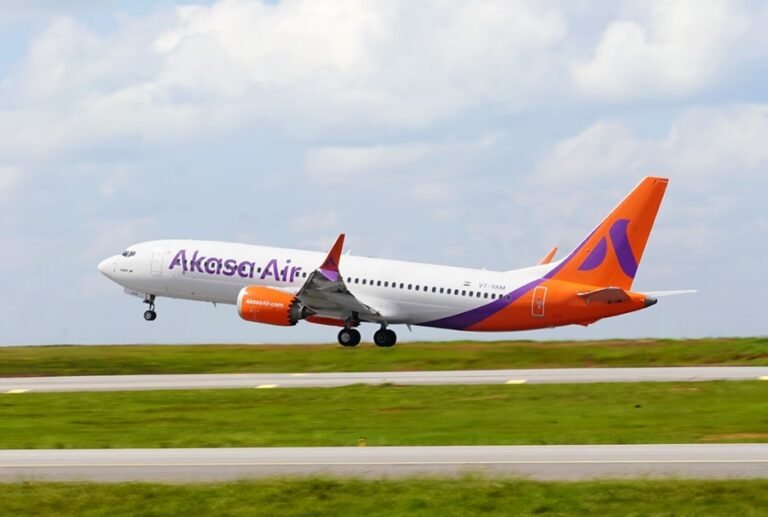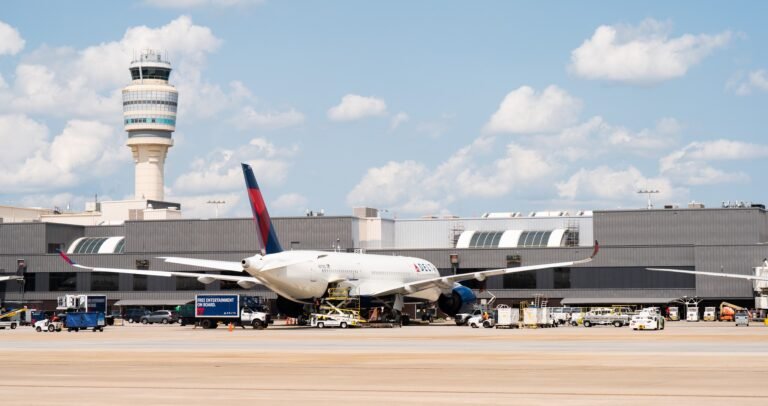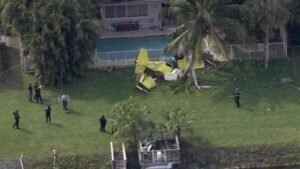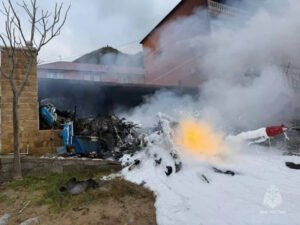
Dagestan, Russia: A Russian Ka-226 light utility helicopter operated by Kizlyar Electromechanical Plant (KEMZ) crashed in the Republic of Dagestan on Friday, after catching fire mid-air, killing at least five people, including senior officials of the defense manufacturer.
The helicopter, registered RA-19307, was flying from Kizlyar to Izberbash on November 7 when it reportedly caught fire while airborne near the village of Achi-Su, close to the Caspian Sea. videos circulating on Russian and international media show the aircraft’s tail section detaching as it spun uncontrollably before slamming into the ground and erupting into flames.
According to a statement by the plant, the dead included KEMZ’s deputy general director, chief engineer, and chief designer. Two other employees who were initially reported injured also succumbed to their injuries, KEMZ, part of the Rostec defense conglomerate, manufactures the Ka-226 multipurpose helicopter used by Russian armed forces and civilian operators.
Video evidence reviewed by multiple outlets shows the pilot struggling to stabilize the aircraft after its tail rotor failed mid-air. Witnesses reported seeing the helicopter hover momentarily before the fuselage ignited and fell to the ground. The aircraft crashed into an unoccupied private house, causing no ground casualties, regional authorities confirmed.
Russia’s Federal Air Transport Agency (Rosaviatsia) classified the event as a “disaster” and opened an inquiry into possible violations of flight-safety regulations. The Investigative Committee of Russia has launched a separate criminal probe into potential breaches of airworthiness and maintenance procedures.
Preliminary assessments suggest a mechanical or structural failure in the tail section may have triggered the inflight breakup. Experts also noted that ongoing sanctions have limited access to certain aviation components, raising maintenance and reliability concerns across several Russian aircraft fleets.
The pilot appeared to have continued flight despite visible structural damage before attempting an emergency landing. Aviation analysts have called the decision “questionable,” given the apparent loss of tail-rotor control, which is critical for helicopter stability.
The Kamov Ka-226 is a twin-engine, light utility helicopter designed for reconnaissance, medical evacuation, and transport missions. Known for its coaxial rotor configuration, the type has been in service since the late 1990s and is produced by KEMZ under license. The same model was previously involved in several non-fatal incidents linked to gearbox and rotor-system issues.
Authorities have not yet released the flight data or cockpit voice recorders, and the investigation is expected to continue in coordination with Russia’s Interstate Aviation Committee.



